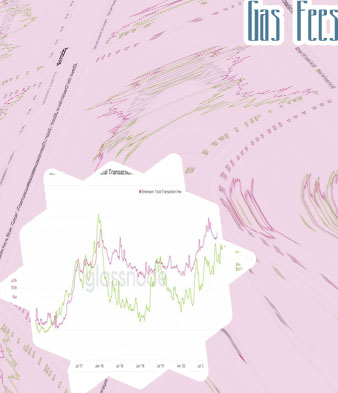
When are miner fees lowest ethereum
Are Ethereum gas fees tax deductible?
Low gas fee crypto
Yet another fork of Bitcoin, Litecoin was one of the first cryptocurrencies after Bitcoin. Its biggest change was 2.5 minute blocks (compared to Bitcoin’s 10 minute blocks) allowing it to scale slightly better, and to keep fees lower. At $0.041 average fee it’s still not exactly cheap though, and Kraken requires 12 confirmations (30 minutes) before they feel safe enough to accept your deposit. Potential delays with high startGas Ethereum transactions can peak on certain days—and even at specific times of days, raising Ethereum gas fees. If a transaction is not time-sensitive, waiting until the network is quieter can be a good way to save gas. For example, a user might be able to wait to open or close a vault, but not to make a more time-sensitive exchange transaction.

4. Explore Ethereum Layer 2 platforms and technologies
What are crypto gas fees
The gas fee is usually expressed in Gwei which is a billionth part of an Ether. If the gas price is 100 Gwei, it means 1 gas unit currently costs 100 Gwei as per the demand. The gas price may vary throughout the day depending on the total traffic. Let’s combine these two now. If you need to send some ETH to someone at a time when the gas price for 1 gas unit is 100 Gwei, you’ll have to pay a total of -: ETH Gas fees - How to know when it is cheap to use Ethereum Now that you understand transaction fees in Bitcoin, it becomes much easier to understand gas fees on platforms like Ethereum, BNB Chain, and Solana. Gas fees are basically the same thing as transaction fees in Bitcoin. They’re the cost for placing data on the network that associates with whatever decentralized application is being used at the time. If you’re looking to make a crypto trade via the decentralized exchange Uniswap on the Ethereum network, you will need some ETH in order to execute that trade (in addition to the Uniswap fees).
